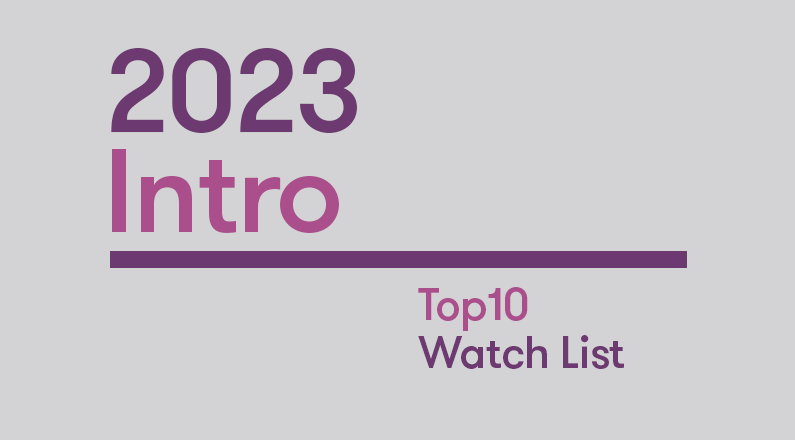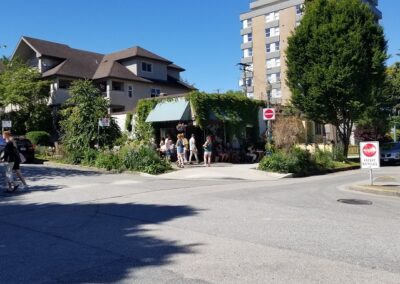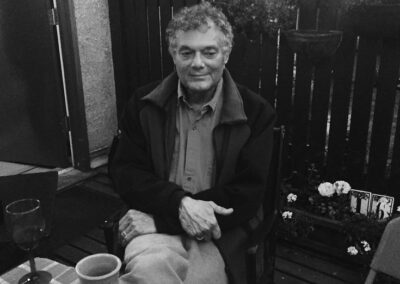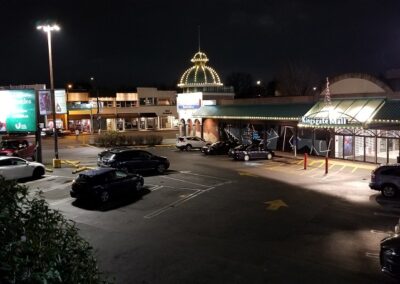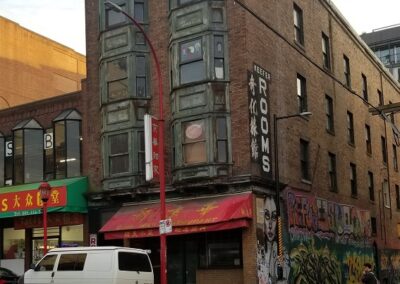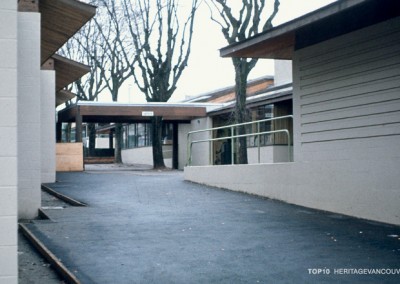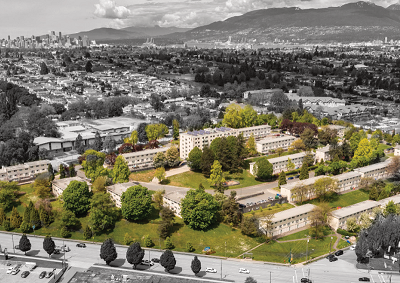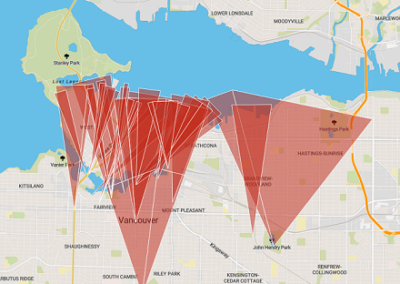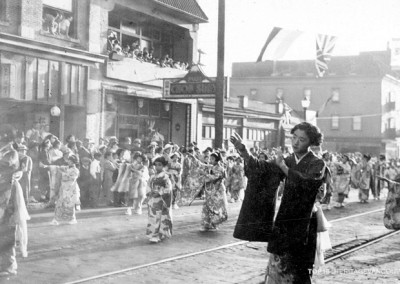When there is an ongoing housing crisis and the city is in dire need of liveable spaces, when we look at the mountains and see climate change in action as there is hardly any snow to be seen, and when locals are experiencing difficulties finding restaurants and groceries that offer affordable products or meals of their interests, why worry about heritage?
Because heritage can be a vital aspect of meaningful conversations about all these topics.
We see heritage as an essential part of culture. Heritage is about the places we feel attachment to; places where people live and experience their everyday lives, and practice the traditions of their culture(s). It is at times like these that people even more strongly express what they value in life, and what they value about their community, their neighbourhood, and their city. It is then, especially then, that people simply want to be heard.
The articles
As communities and community-based planning are called into question today, we start this year’s Top10 with two articles about the involvement of citizens in city and neighbourhood planning.
With the City of Vancouver, in two years time, replacing almost 20 neighbourhood plans with the Vancouver Plan and the Broadway Plan, and the Provincial Government mandating “transit-oriented development”, we wonder what the role of citizens, communities and community organizations in shaping the city’s future may become like.
In acknowledging and again stressing the importance of these types of conversations with citizens, we placed late City Planner, Nathan Edelson (1947-2023) on our Top10 list this year, the first person to be listed on our watch list. Nathan’s human-centred approach to planning characterized his work across the city, and his impact in shaping the city is incredibly important in Vancouver today.
The first two articles are followed by a series of Heritage Vancouver perspectives on the impact of changes in the city on communities and on how they live their lives. Similar to last year’s article about the 800 Granville Block, we again focus on how built heritage conservation seems to only be achieved in transactions that yield large, new additions on the site, and ask the question: What does successful heritage conservation mean?
The five articles that follow cover specific sites in Vancouver in which we highlight the symbolic meaning of, and the contentious debate around the 105 Keefer Street development in Chinatown; the importance of places of gathering that are strongly tied to serving the community, including Kingsgate Mall in Mount Pleasant, Gain Wah and Keefer Rooms in Chinatown and Britannia Community Services Center in Grandview-Woodland; and the significance of “modern” heritage that is traditionally underappreciated through Skeena Terrace in Hastings-Sunrise.
The issue around the privatization of the public sphere is discussed through the debates around Vancouver’s view cones.
Finally, we reflect on Vancouver’s first official commemoration framework, which is being developed by the City of Vancouver and the Vancouver Board of Parks and Recreation. The initiation of the framework is part of the work that the City is doing to try and fulfill its commitment to the rights of Indigenous peoples, truth and reconciliation, cultural redress, equity and accessibility.
We wish to give a big thanks to Ausra Valickaite, Archa Neelakandan Girija, and Adriana Anzulovich for their help compiling this year’s Top10.
We acknowledge the financial assistance of the Province of British Columbia
